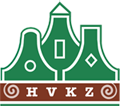Walking route Old Zaandijk
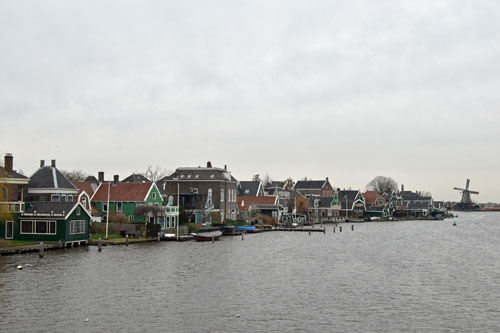
- Lagedijk: the Gortershoek is a protected part of the village since 1986. The name refers to a “gorterij” (a windmill used to grind barley) or a “grutter” (someone whose business is in barley, flour etc.). In earlier times there were windmills in this area but quickly it became, and still is, a residential area for the wealthy.
:
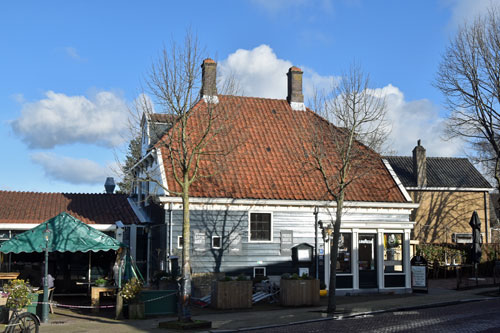
- Lagedijk 13: “Wolfsend”: one of the two still existing truncated farmhouses, the other one is across the crossing point at nr. 7/9. Inside the building old windmill rods were used to support the square structure of the farmhouse. The holes in the timber are clearly visible.
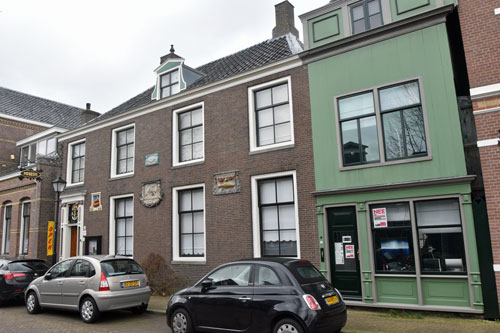
- Lagedijk 80: “Honig Breethuis”, house museum furnished in the style of 1850. Books, objects and images on Zaanse history originate from the collection of Jacob Honig Jansz Jr. The house has, among other thinges, a drawing room, a “Zaan room”, and an old kitchen.
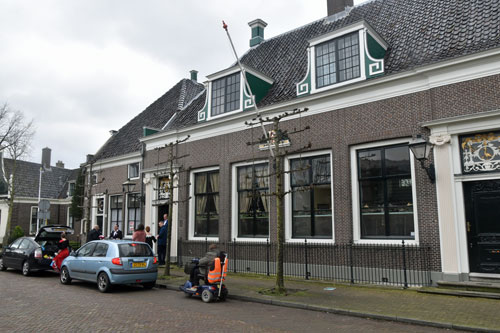
- Lagedijk 104/106: formerly the Town Hall of Zaandijk (from 1855 until 1974) was built as a residential house in 1752. Inside it has decorated wallpaper, painted ceilings, and beautiful transom windows above the entrances. It is now a wedding location as well as having other uses.
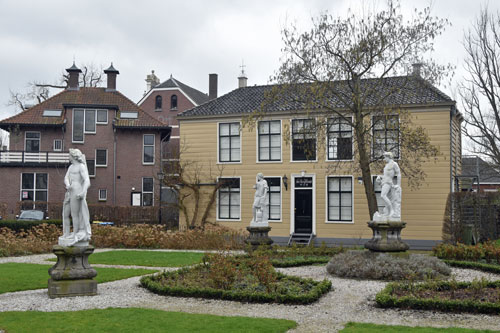
- Lagedijk 39: “het Weefhuis” (1650) was used as a warehouse for paper and/or as business premises for making pulp sieges. In 1875 another floor was built because of its new function: residential house. In 1804, the garden opposite the Town Hall acquired five statues and later a teahouse.
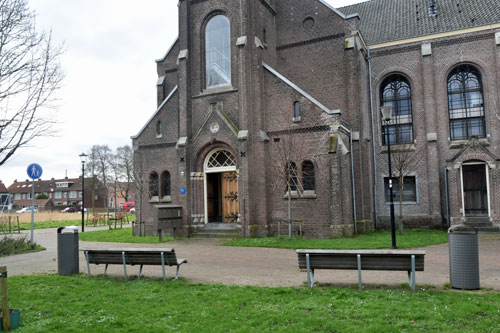
- Lagedijk 79: the 1st Zaandijk church was built in 1642 but burned down completely in 1878. In 1880, the present church was built on the old foundations. From 1970 onwards it was no longer used as a church, and it has been inhabited since 2018. The tower is open to the public when the church doors are open!
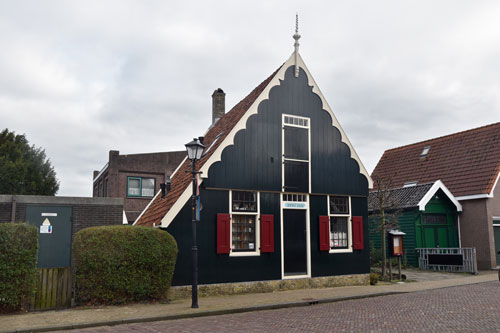
- Lagedijk 214: the oldest house in Zaandijk originating in 1626. For centuries it was a bakery and was almost demolished until someone discovered that is was a very special building because of its age and the construction of the house. Wlak on to the bridge of the:
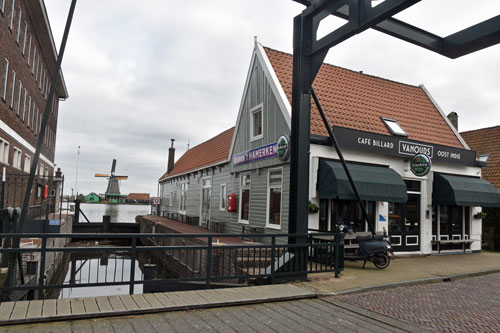
- Zaandijker lock (1610) is one of the oldest locks on the Zaan. The first lock was built from wood, its successor from stone (1727). Thankfully due to the efforts of residents the lock is preserved. In 1996 it was completely renovated and since then is operated by volunteers.
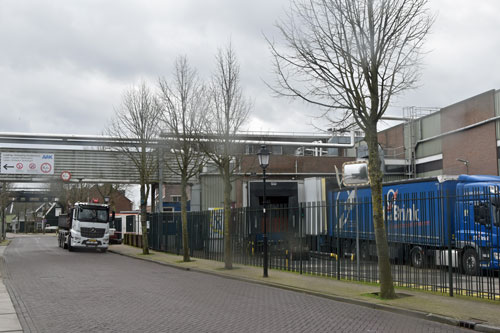
- Lagedijk: AAK was established in 1930 by Gerbrand Vis as the North Holland Margarine Factory. After various takeovers AAK became the owner in 1991. This international company makes vegetable oils and fats. Next to the lock on the right is the former cheese warehouse “De Kroon”.
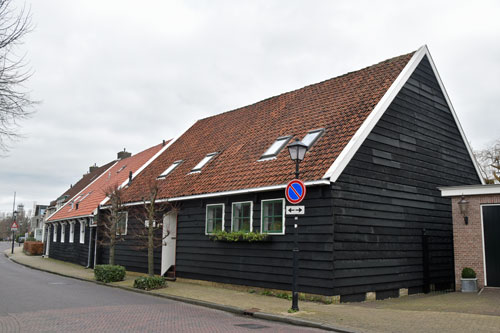
- Lagedijk 278/280: the Zaandijk seed warehouse built in 1675 (nr. 278) and the seed warehouse “’t Vette Schaap”, 17th century (nr. 280), were both converted into residential houses.
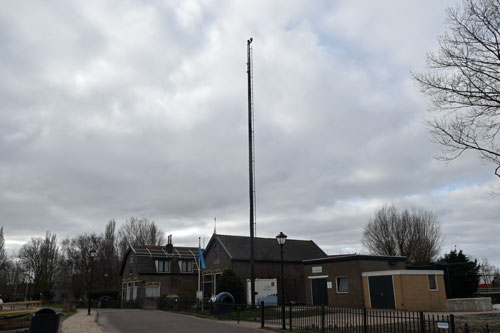
- Lagedijk 143: the present water pumping station “Het Leven” is next to the old steam pumping station. Before that a watermill Het Leven (1633-1904) regulated the water levels of the polder. The old signal mast is still present. Enjoy the view over the water towards the windmills. Turn around and walk back towards the south and look to the right at:
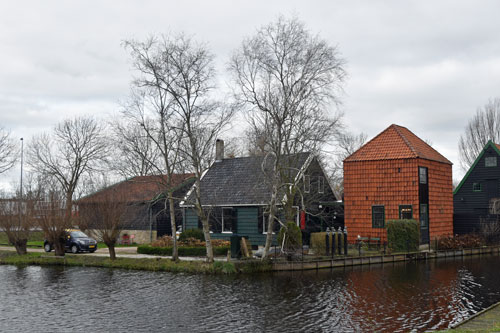
- Herderskindpad 2: Warehouse De Tulp (18th century) was moved from the neighbourhood “Het Kalf”, Zaandam, to its present location. Next to it stands a “Pannenberg”, this type of tiled haystack construction is rare.
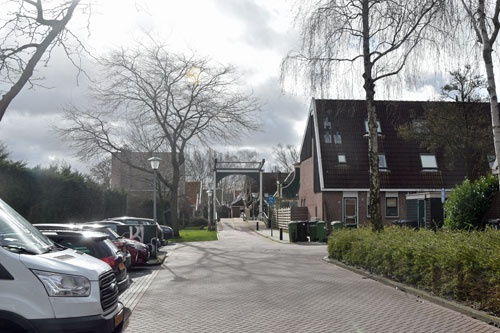
- Go right into the Herderskindstraat, then left towards the Witte Veerstraat, right via the Kreeftstraat to the Valkstraat (all named after past windmills), then go left into Zonnepad and over the swing bridge to Hazepad and turn right to nr. 55. You are now in the authentic residential neighbourhood called “Domineestuin”.
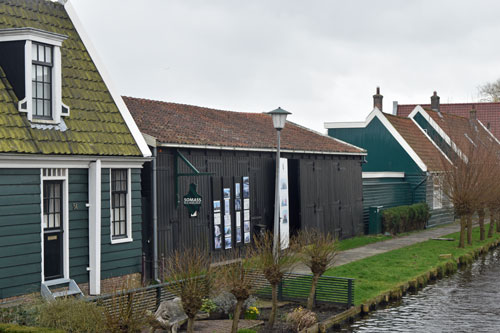
- Hazepad 55: wooden shed from the 18th century and part of the 20th century. One of the few remaining dry wooden sheds in The Netherlands. It is a rare relic from the history of the Zaanse timber trade. Turn round and walk straight towards:
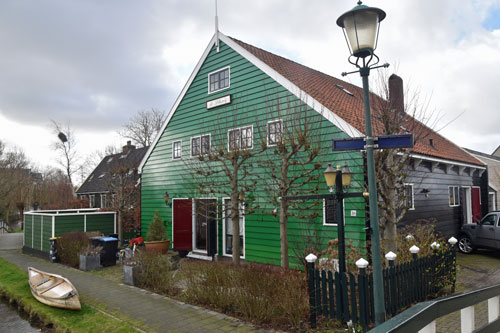
- Hazepad 39: in 1988 the former seed warehouse “De Schans” was disassembled from its position near the oil factory “De Wachter” and brought to its present destination in 1990: as a residential house. The factory van Pepsi Co/Duijvis is now established at the old location of the warehouse.
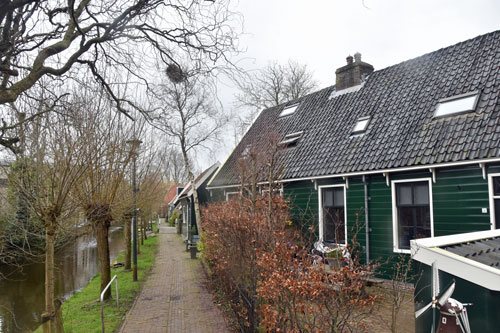
- Turn right into the Nieuwe Vaartkade and then walk right into the Orgelmakersgracht at the bicycle path Ezelspad turn left and then left towards the Domineestuin, it is the only path with buildings on both sides. At the end go right into Nieuwe Vaartkade over the small bridge and then right along Langepad until you walk left onto the Ezelspad.
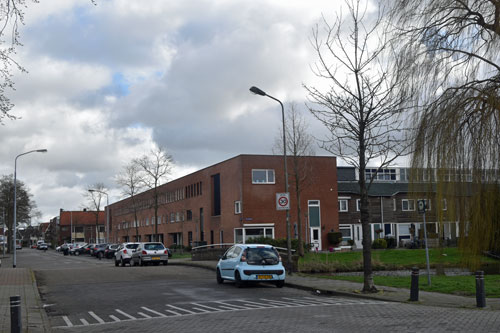
- From Ezelspad walk to the crossing Prunuslaan and left into Willem Dreeslaan. Then walk into the second side street on the right, the G. Borgesiusstraat, till the crossing with Karl Marxstraat. Go right. “De Rode Buurt” has in total 76 houses and originated in 1921. The area has the characteristic Zaanse timber construction at the start of the Karl Marxstraat, the rest of the working class neighbourhood is built in the “Amsterdam School style”.
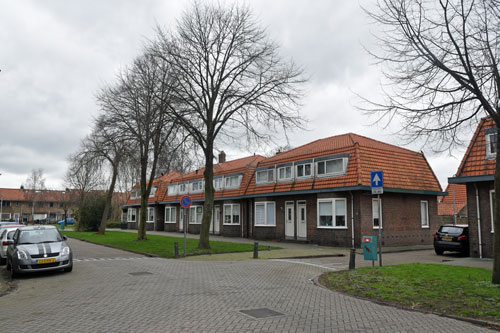
- In the Karl Marxstraat take the first street on the left: the Bredenhofstraat, named after de Hof (garden) van Breet which used to be here. Via the second side street on the right you come into the Bredenhofdwarsstraat. There you will find the first 20th century houses. Walk straight on, cross over the Berkenweg. You are now in the Parkstraat, which leads into the:
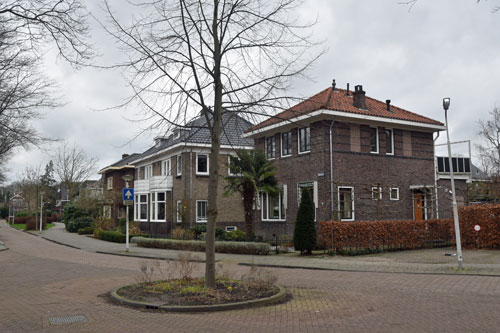
- Parklaan: a residential area with detached houses. The neighbourhood was completed in 1930. Previously this was the site of mill ponds for the papermill “De Bijekorf”. At the end of the Parklaan turn left in the direction of Guisweg, then you walk back towards the starting point: the crossroads Guisweg/Lagedijk.



















